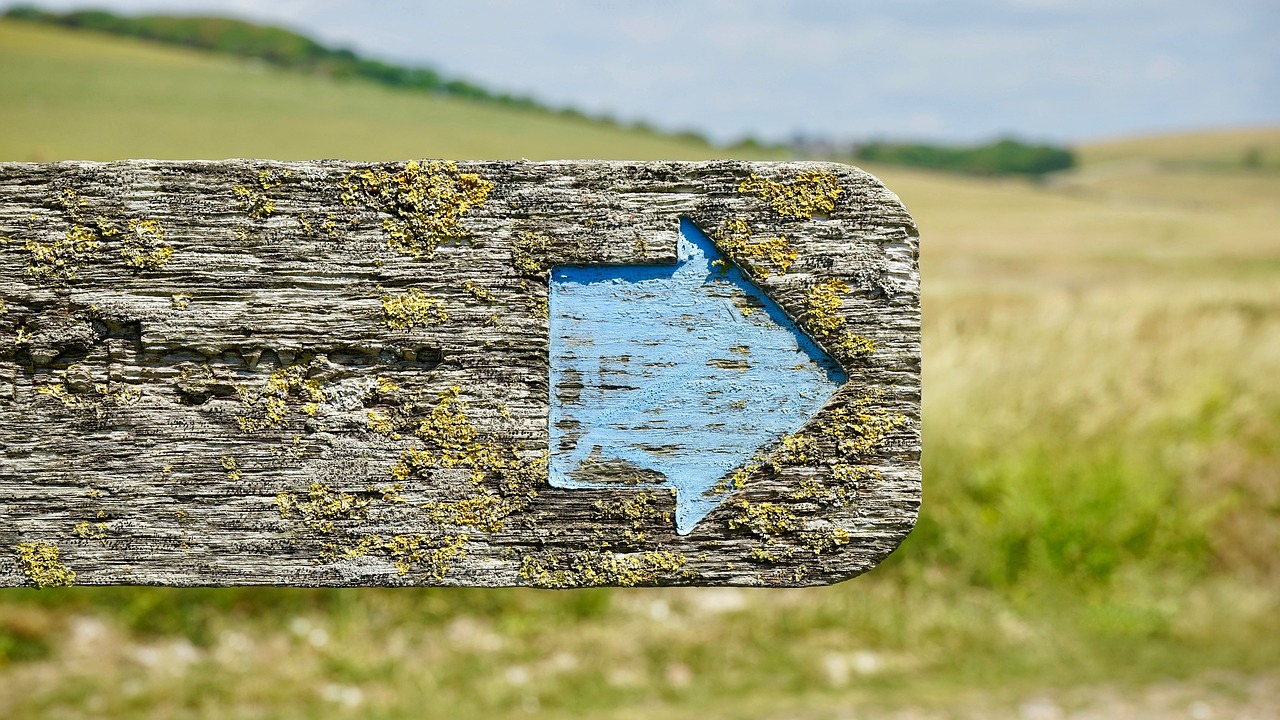Have you just hit your goal of being able to run 5K? That’s fantastic! I think that first 5k is the hardest part of running. Enjoy the celebration and be very proud of yourself. What do you do after 5K? What should you do next?
Whether you’ve been bitten by the running bug or are still on the fence as to whether running is for you, you have lots of options. What I would say is, don’t stop! It’s too easy to reach a goal, take a break and never quite get back into it again. Avoid ending up right back at the beginning again by just taking a few minutes to read this and plan your next step.
Here are some of the options you have:
Stay at 5K
Being able to run 5K is a huge achievement. It’s a great distance. You can take it slowly and have a chilled run or really push yourself and get a powerful workout. It’s not too far and doesn’t take too long so fits well into a busy week.
You may not have any desire to go further and that’s completely fine, you’re still a runner! Don’t feel any pressure to go further if you don’t want to.
You also don’t have to go any faster. Increasing your speed could be a good target but if you’re enjoying pressure-free running then crack on. If reducing the time it takes you to run 5K is your goal then make sure you don’t run 5K over and over and expect to get quicker each time. This is very unlikely to happen and can be very demoralising if you are hoping for it. It would be better to do a couple of shorter runs each week which mix faster intervals and slow jogging. You will gradually get faster.
If you haven’t tried parkrun then I really recommend it. It’s a wonderful way to get a regular 5k into your weekly routine.
Aim for 10K
I have to admit that however far I am running, the first 5K is always the hardest bit for me. I spend most of it wondering why I came out for a run, feeling out of breath and wanting to stop. It’s only after that I seem to find a rhythm and be able to run without thinking about the actual running. That’s when my mind starts to wander and I can get those benefits of creativity, problem solving and daydreaming.
If you think you might want to go further, then definitely go for it. Slow your pace so you are comfortable and could chat if you wanted to. Choose one run a week to be your long slow run and gradually increase this by half a mile, or one mile each week. Keep your other runs short. You could make one of them an interval run where you work on speed, a hill session where you work on strength and endurance or an easy run where you relax and enjoy yourself.
You’ll find plenty of 5K to 10K training plans or audio guides if you like to follow something but there’s no need to overcomplicate things if you prefer to freestyle it.
Use your fitness
You have a really good level of fitness now you can run 5K. You can use that in a whole range of other activities. You should feel really confident in your ability so why not try something new? Is there something you’ve always wanted to try but didn’t think you were fit enough to do it? You could return to sports you enjoyed as a child such as netball, football, hockey, dance, rugby or tennis. There are loads of taster session and adult classes around now so get online and see what you can find.
Build on your endurance by hiking in the hills or trying some trail running. Head for a swim, hop on a bike or even do a triathlon! The world is really your oyster now so enjoy all the possibilities that have opened up to you now you are fit.
Work on your running technique
Running takes a lot of effort so anything you can do to reduce that effort will make it easier and therefore more fun! Improving your running technique will do just that and will also reduce your risk of injury and protect your joints too. If you plan to stick with running and do more of it then you’d be wise to invest some time and energy now, at the start of your running journey to work on your technique.
You can start with basic posture tips, read my blog for this. You can also work on strengthening your core muscles with simple home exercises. A strong core is a vital foundation for healthy running. There are some online running technique courses and workshops but when it comes to technique, you can’t really replace being seen in person by an expert who can watch you run and give you bespoke advice. I’d advise against trying to dramatically alter your running technique yourself. Ask for recommendations from other runners locally.
Join a club
The idea of joining a running club strikes fear into most new runners. The thought of not being able to keep up or go far of fast enough is very off putting. You just need to find the right club. Most clubs now will cater for all abilities. Have a look at their social media feeds, speak to runners that go there and look out for taster sessions. The running community is a welcoming place and every runner remembers how it feels to be at the start of your journey.
Running in a club will give you lots of benefits and you will see your running improve. The encouragement of others to just turn up will help you be consistent in your running and that’s crucial for getting better. Clubs often make trips to local races and feeling part of a gang can be very powerful. If you’re looking to make friends and enjoy the social side of a club, then you won’t be disappointed. Check out 261 Fearless clubs around the world.
I hope that gives you a few ideas for what to do now you’ve reached 5K. Don’t lose that hard-earned fitness. Everyone is different so choose whichever feels right for you at the moment. You’ll find that changes as the months go by. Make a plan and keep running. Running has so much to give you.
If you’ve enjoyed this blog and are looking to improve your running, then adding strength work is a great place to start. Download my free ‘Tips for Getting Started with Strength Work’ guide.
Featured image by VariousPhotography from Pixabay







